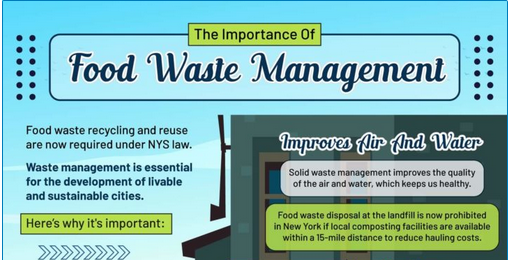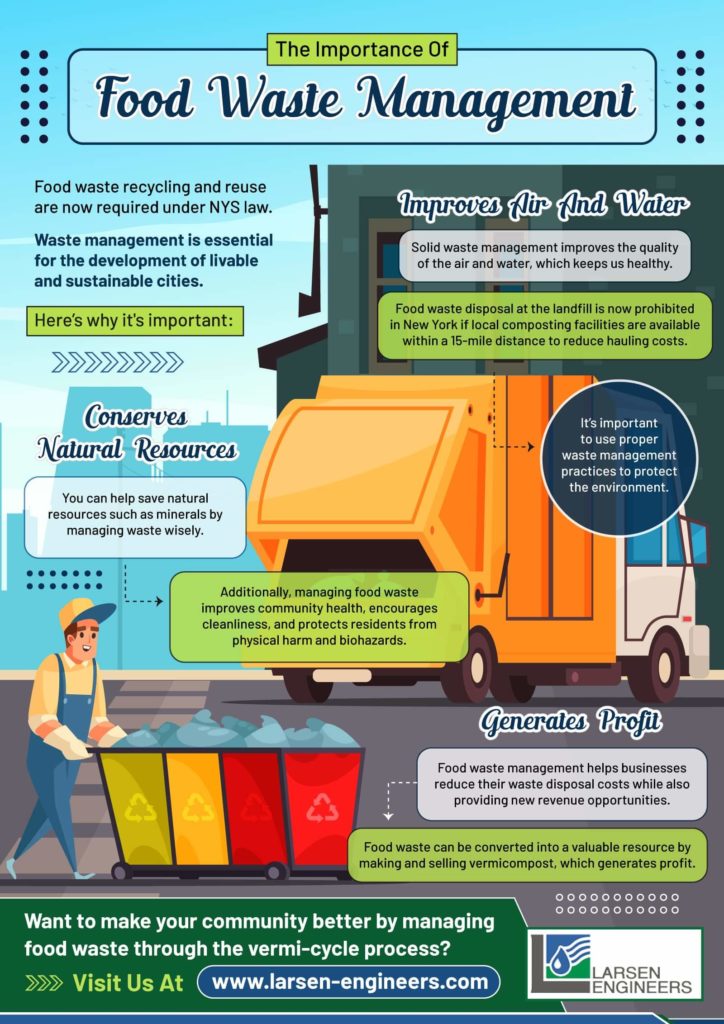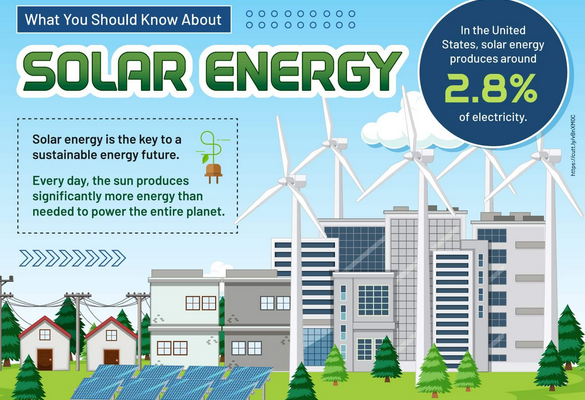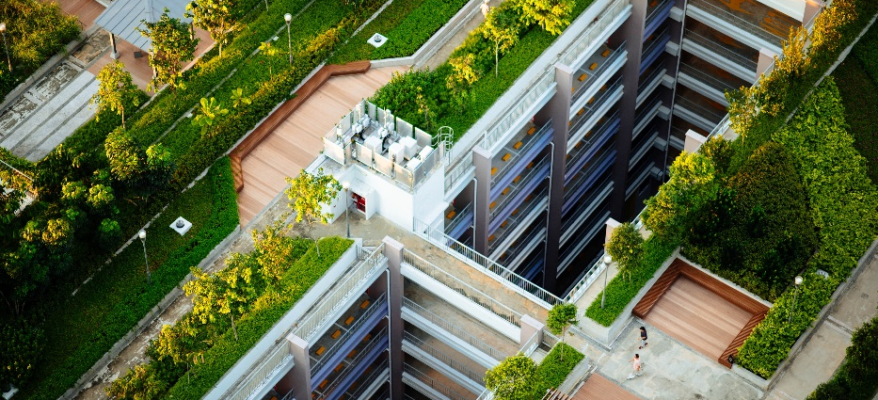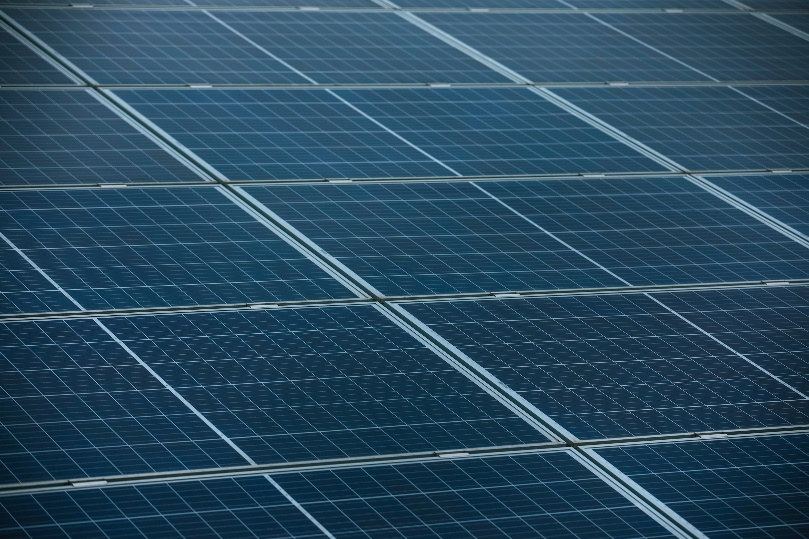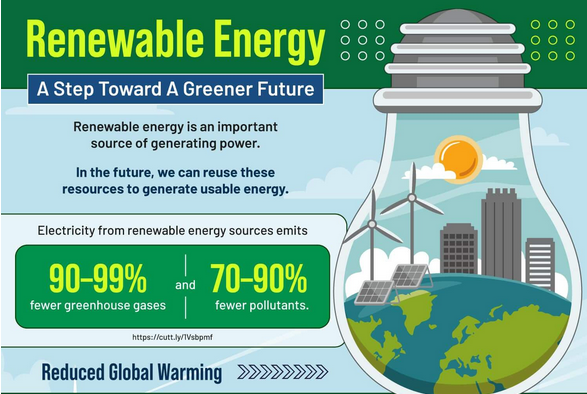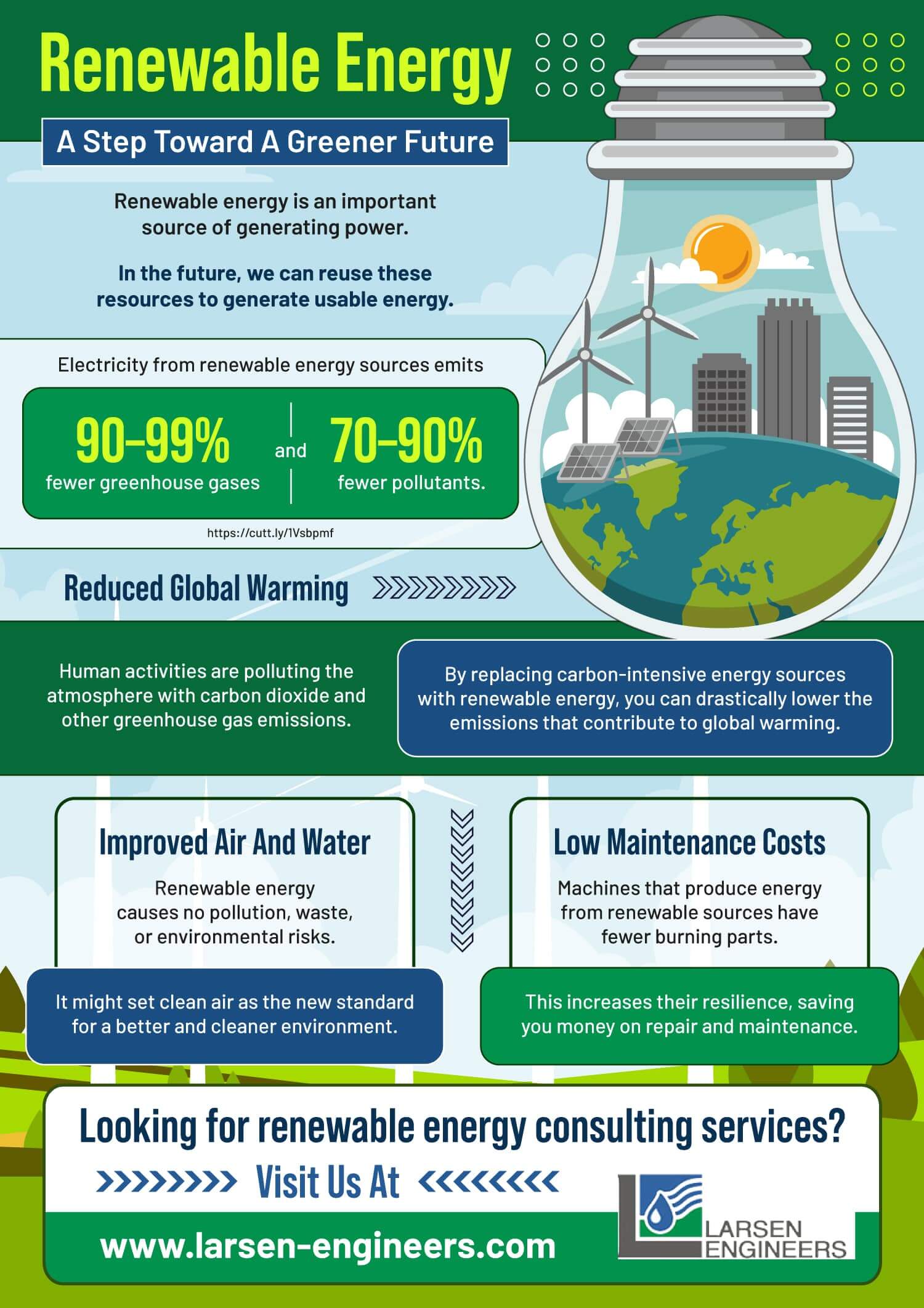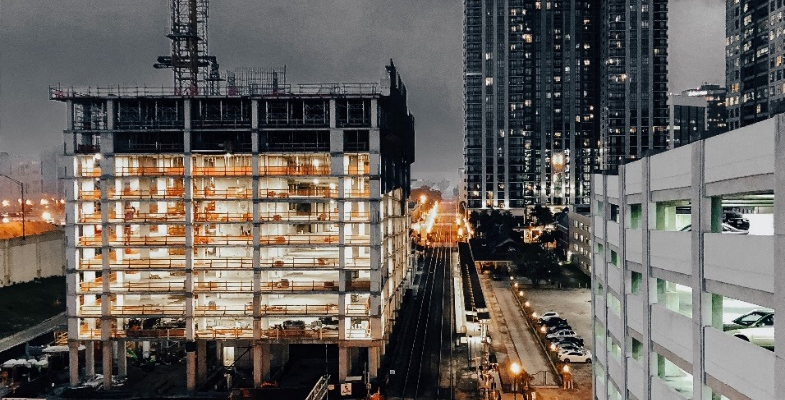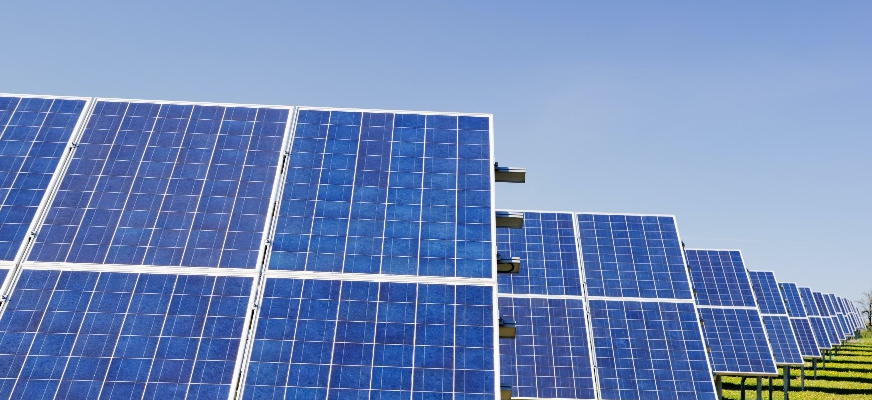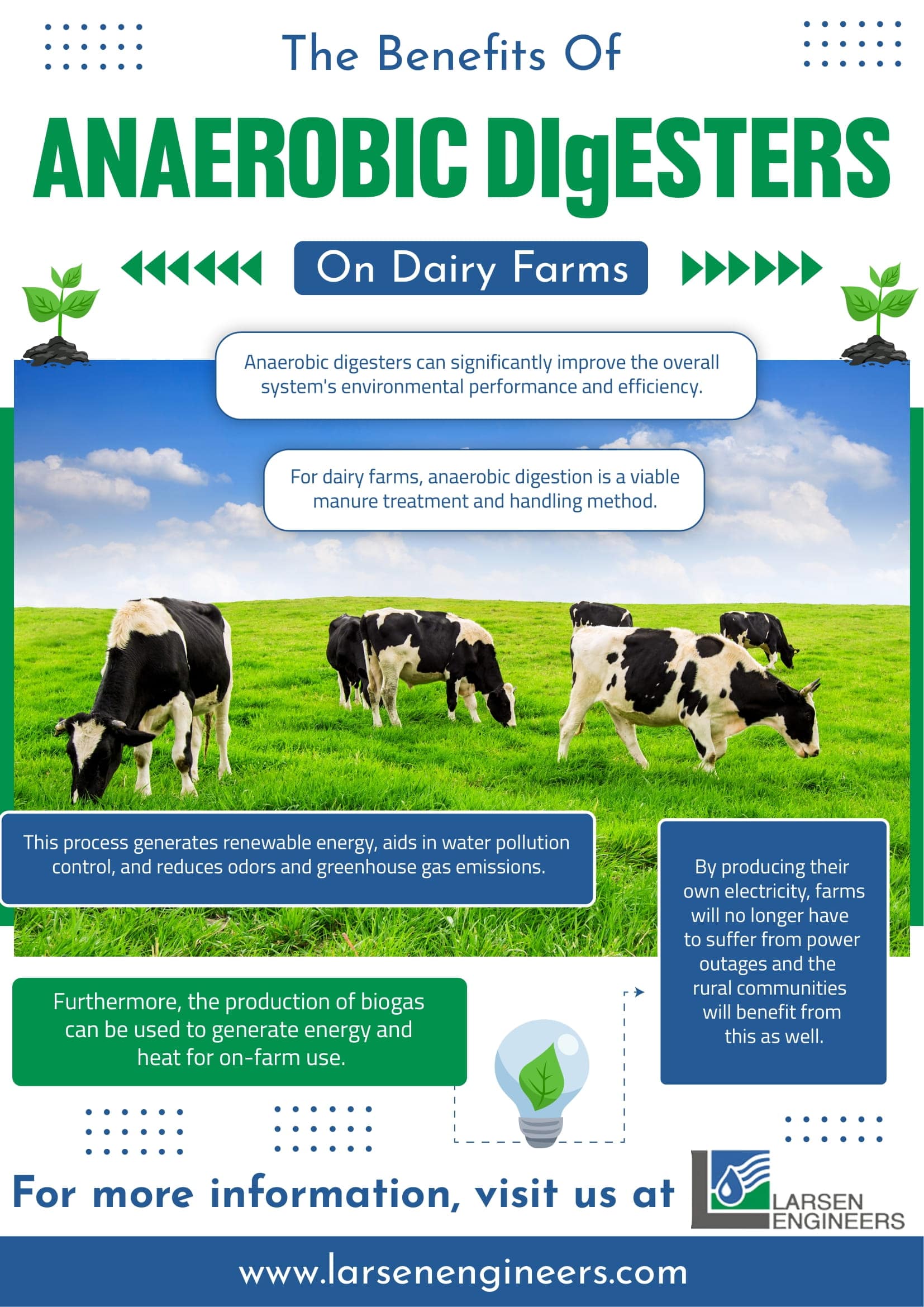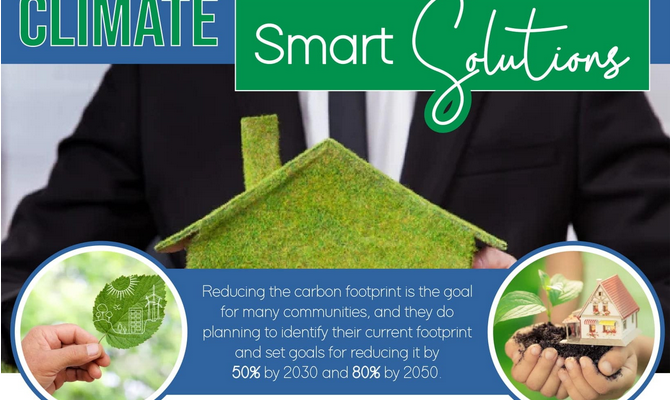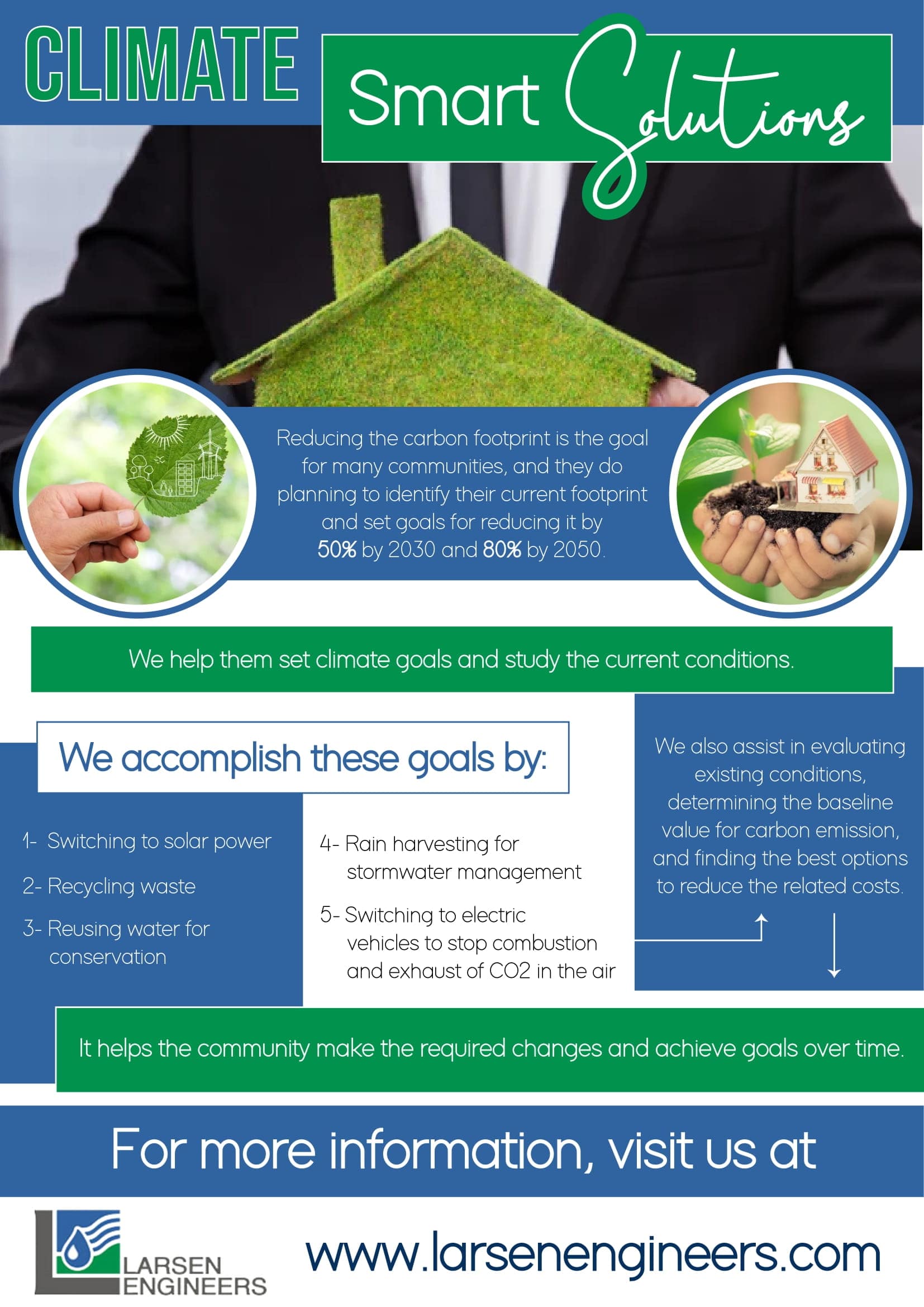1 in 3 people have no access to sufficient nutrients and food, according to the United Nations. More people die from lack of food than tuberculosis, AIDS and malaria combined.
While people die from hunger, nearly 1/3rd of food is wasted or lost for one reason or another. Food waste isn’t only an economic loss and has environmental implications.
Here’s what you should know about its environmental impact and how solid waste management can help.
Food Waste: Some Insight
Over 50% of food waste takes place during yield handling, production and storage, whereas the other half of wastage is associated with the consumption, processing and distribution phase.
The high and middle-income territories have higher food waste and loss at the consumption level. In contrast, developing regions waste or lose food during the production and storage phase due to a lack of infrastructure and harvest techniques.
Environmental Impact of Food Waste
You may think that discarding leftover food doesn’t do much damage to the environment, but it’s just as damaging to the planet.
Look at it this way: tossing away food also means throwing away resources used to produce the food. These precious resources include limited natural and land resources, biodiversity and social cost.
Do you know food waste and loss account for 1/3rd of total greenhouse gas emissions caused by humans? It generates 8% of gases annually.
Loss of Natural Resources
As mentioned earlier, food waste leads to the loss of natural resources, namely water, energy and fuel.
Water accounts for 70% of agricultural production, from irrigation to cattle rearing. When you waste food, you waste water which results in water shortages.
Causes Climate Change
Food waste that ends up in landfills releases methane – a greenhouse gas which is 25x stronger than CO2. Methane lingers in the environment for 12 years, thus, capturing the sun’s heat. So it contributes to 20% of greenhouse gas emissions globally.
Contributes to Land Degradation
Food waste can also affect physical land. More arable land is used for livestock to graze due to the higher demand for meat. If this continues, we’ll over-stress our land leading to its degradation. It’ll damage biodiversity in the future.
One Solution: Feed the anaerobic digesters
Food waste management company collects and delivers the collected waste to Fram Digesters as supplement to dairy cow manure to enhance power generation. Other options are to use Vermi-Cycle process in trenchs to compost food waste and produce natural fertilizer, compost and Liquid fertilizer as other sustainable products to reduce the environmental impact of food waste.
Larsen Engineers actively designs Food waste management facilities to reuse and recycle organic waste. As anaerobic digester Developer in Rochester, we design build farm waste systems for energy recovery and composting.
We also help our clients with food waste management problems at different stages. Get in touch with our environmental management consultant for waste management solutions.


